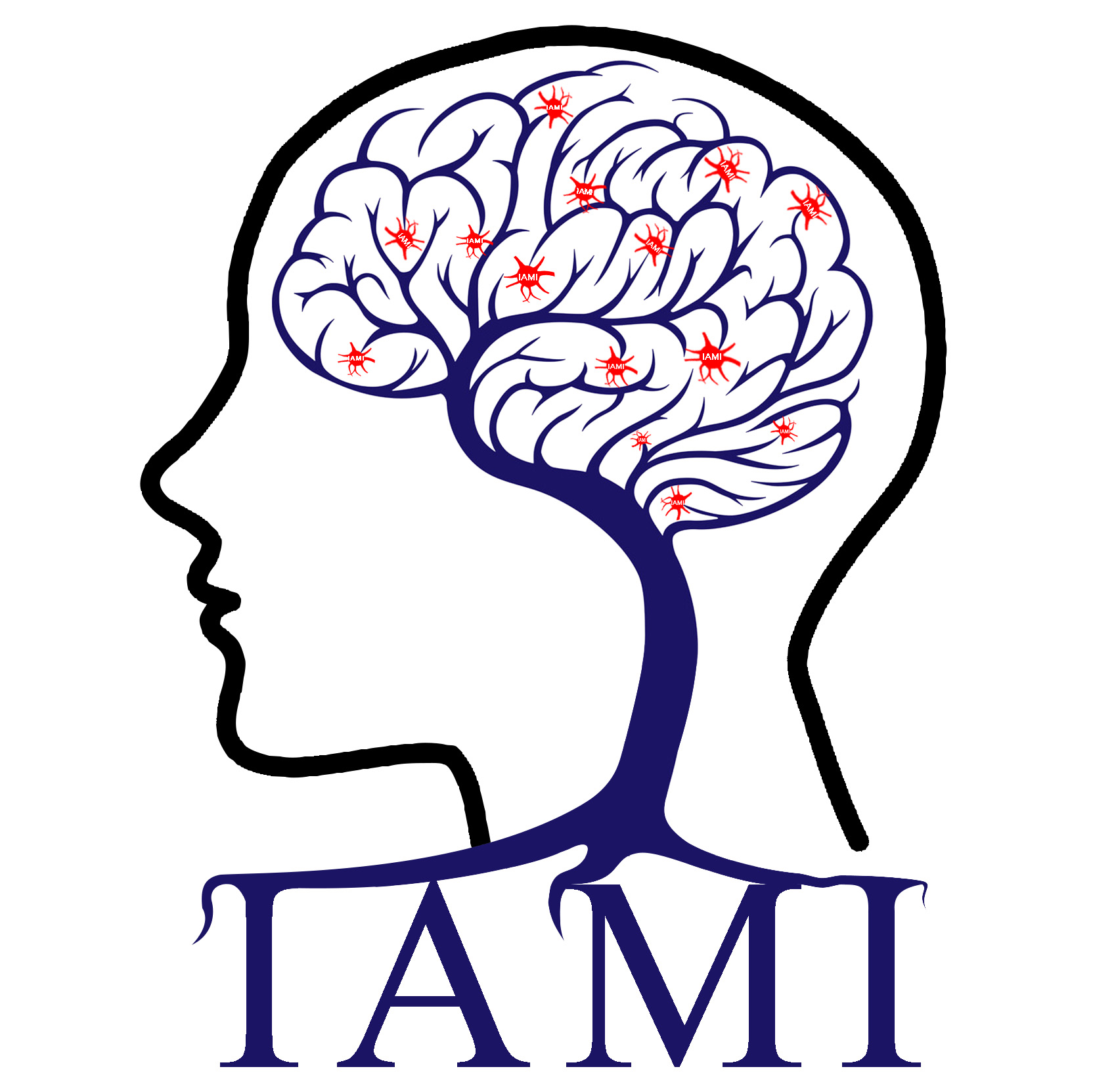
杜宇慧个人网页---智能医学图像分析
地址:中国, 太原
Qingbao Yu*, Yuhui Du, Jiayu Chen, Hao He, Jing Sui, Godfrey Pearlson, Vince D Calhoun*. Comparing brain graphs in which nodes are regions of interest or independent components: a simulation study. Journal of Neuroscience Methods, 2017, 291: 61-68.
时间:2019-06-12 16:42:38 来源: 点击:[1306]
Abstract
Background
A key challenge in building a brain graph using fMRI data is how to define the nodes. Spatial brain components estimated by independent components analysis (ICA) and regions of interest (ROIs) determined by brain atlas are two popular methods to define nodes in brain graphs. It is difficult to evaluate which method is better in real fMRI data.
New method
Here we perform a simulation study and evaluate the accuracies of a few graph metrics in graphs with nodes of ICA components, ROIs, or modified ROIs in four simulation scenarios.
Results
Graph measures with ICA nodes are more accurate than graphs with ROI nodes in all cases. Graph measures with modified ROI nodes are modulated by artifacts. The correlations of graph metrics across subjects between graphs with ICA nodes and ground truth are higher than the correlations between graphs with ROI nodes and ground truth in scenarios with large overlapped spatial sources. Moreover, moving the location of ROIs would largely decrease the correlations in all scenarios.
Comparison with existing method (s)
Evaluating graphs with different nodes is promising in simulated data rather than real data because different scenarios can be simulated and measures of different graphs can be compared with a known ground truth.
Conclusion
Since ROIs defined using brain atlas may not correspond well to real functional boundaries, overall findings of this work suggest that it is more appropriate to define nodes using data-driven ICA than ROI approaches in real fMRI data.

 您当前的位置:
您当前的位置: